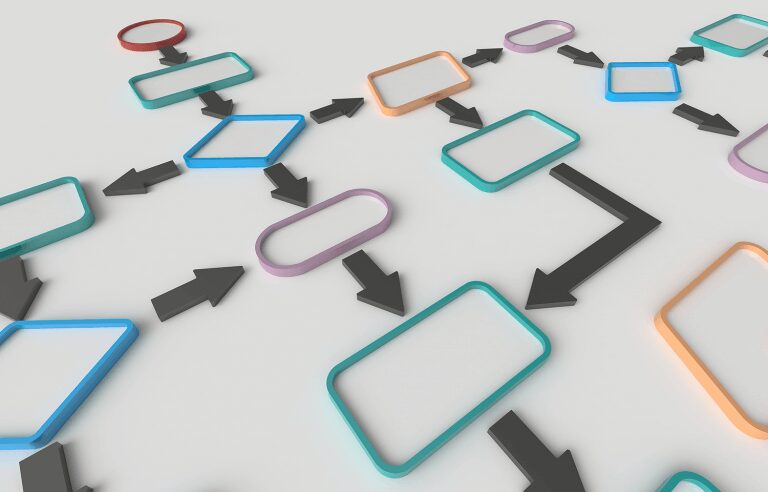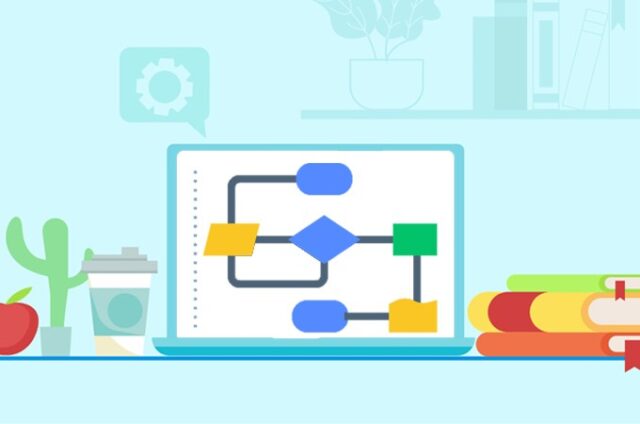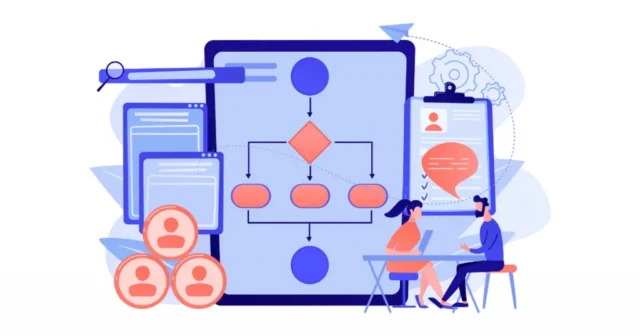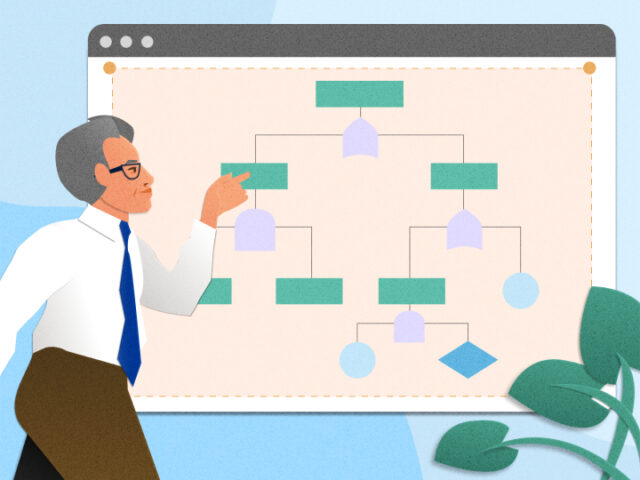
In today’s fast-paced business environment, workflows can quickly become complicated and overwhelming. Keeping track of various tasks, approvals, and deadlines can be a daunting task for even the most organized individual. One tool that can help simplify complex workflows is the flowchart.
A flowchart is a visual representation of a process, showing the steps involved and the order in which they occur. By using them, businesses can simplify complex workflows, making it easier for employees to understand and complete their tasks efficiently.

– The first step in creating a flowchart is to identify the process you want to document. This could be anything from a simple task, such as answering a customer inquiry, to a complex project involving multiple departments. Once you have identified the process, you can begin to break it down into smaller steps. Each step in the process should be clear and concise, and there should be a logical progression from one step to the next.
– Next, you can begin to map out the flowchart. It should begin with the starting point of the process and end with the final outcome. Each step in the process should be represented by a shape on the flowchart. There are various shapes that can be used to represent different types of steps. For example, a rectangle can be used to represent a process step, a diamond can be used to represent a decision point, and a circle can be used to represent the start or end of the process.

– Once the flowchart has been mapped out, you can begin to add additional details. This might include information about who is responsible for each step, how long each step should take, and any dependencies between steps. You can also use symbols and arrows to indicate the flow of information or materials between different steps in the process.
– One of the benefits of using flowcharts is that it allows you to identify potential areas for improvement in your workflow. As you map out the process, you may notice redundancies or bottlenecks that could be eliminated or streamlined. You can also use the flowchart to identify areas where additional resources or training may be needed to ensure that the workflow runs smoothly.
– Another benefit of using them is that they can be easily shared and updated. Once the flowchart has been created, it can be shared with other team members to ensure that everyone understands the process. As the workflow changes or evolves over time, the flowchart can be updated to reflect these changes.

– In addition to simplifying complex workflows, flowcharts can also be used to help with decision-making. For example, if there are multiple options for completing a task, a flowchart can be used to map out the pros and cons of each option. This can help to ensure that the best option is selected based on the specific needs of the business.
In conclusion, if you are struggling with complex workflows, consider using flowcharts to simplify the process. By breaking down processes into smaller steps and mapping them out visually, you can make it easier for employees to understand and complete their tasks, identify areas for improvement, and make better decisions. With the right approach and attention to detail, flowcharts can be a powerful tool for streamlining workflows and achieving success in any business.